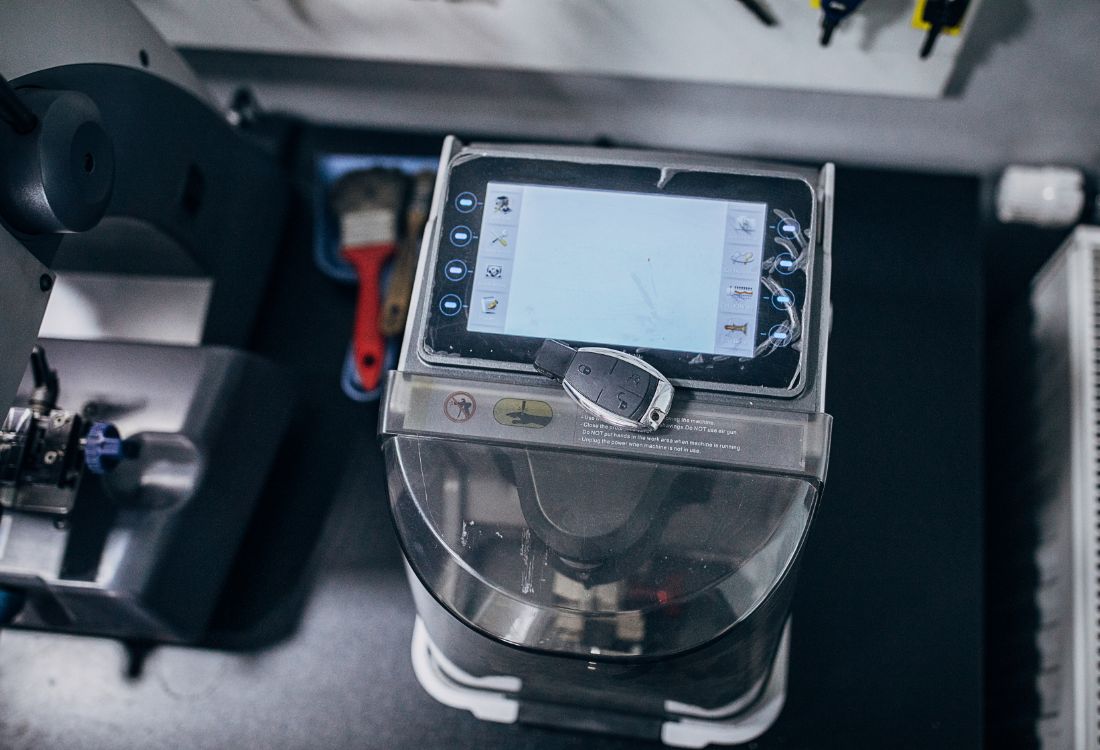The Pros And Cons Of Remote Diagnostic Tools
Due to advances in communications technology, remote diagnostic tools have revolutionised the way that technical issues are diagnosed, addressed, and resolved.
By delivering seamless assistance and analysis from remote locations, technicians can troubleshoot and repair systems from a distance instead of being required to attend the site in person. Although this offers important advantages for automotive maintenance and repair businesses, there are also some drawbacks that need to be considered.
In this article, we’ll outline the pros and cons of remote diagnostic tools.
What Are The Pros Of Remote Diagnostic Tools?
1. Increased Uptime
A significant advantage of remote diagnostic tools is their ability to minimise system downtime. Instead of waiting for a technician to arrive on-site, remote diagnostics allow for swift identification and resolution of issues, which reduces costly downtime. The prompt detection of potential problems helps to prevent critical failures, thereby leading to enhanced system reliability and performance.
2. Fast Access To Expertise
Remote diagnostic tools enable technicians to collaborate with experts who may be located elsewhere in the country which is especially valuable in situations where a problem is complex and requires specialist knowledge to devise a cost-effective solution. With the ability to share data and connect in real-time, remote experts can provide valuable insights and guidance, even if they are miles away from the site.
3. Cost-Efficient Solutions
By eliminating the need for specialist engineers to make physical visits to the site, remote diagnostics leads to substantial cost savings. Automotive businesses can avoid the expenses that are associated with travel and accommodation for technicians, while remote diagnostics can reduce operating costs by addressing problems without unnecessary on-site repairs.
What Are The Cons Of Remote Diagnostic Tools?
1. Limited Physical Inspection
One of the main drawbacks of remote diagnostics is the inability for technicians to physically inspect the system. While the tools rely on sophisticated software and data analysis, they may not always provide a complete picture of the issue, particularly if it is complex. Certain problems may require a hands-on approach to accurately identify the root cause, which remote tools may not be able to offer.
2. Skill And Training Requirements
To effectively utilise remote diagnostic tools, technicians must have specific skills and training. Remote diagnostics often involves complex software interfaces and data interpretation, which can be challenging for less experienced engineers to master. Adequate training is essential to ensure technicians can confidently navigate the tools and accurately interpret the data, or else misdiagnoses may occur, leading to further complications.
3. Connectivity And Technology Dependence
Remote diagnostics depend heavily on stable and reliable internet connections. In some areas, full-fibre broadband connections are not yet installed, so poor connectivity or network outages can make it challenging to access and analyse data. Also, if the remote diagnostic tool itself encounters technical issues, it can hinder the troubleshooting process and prolong the resolution time.
Find Out More
At Advanced Keys, we supply a comprehensive range of advanced automotive remote diagnostics equipment, car key programmers, and replacement wholesale car keys for many vehicle models. To find out more, please get in touch today.
Image Source: Canva




